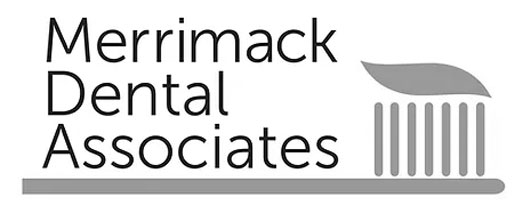These days, most people know that taking care of your teeth is a critical part of your overall health and wellness. However, people can still ignore the other parts of your oral health such as your gums and tongue.
Gum disease, also known as periodontal disease, can present a serious threat not only to your oral health but your general health as well. Learning how to keep your gums healthy and getting them regularly checked is very important for child and adult oral health.
How Can Periodontal Disease Affect Me?
The bacteria in our mouths do not just reside on our teeth. They live in every crevice in your gums even if you brush twice a day. These bacteria, if left unchecked, can form plaque and tartar which can affect your gums. Finally, if you don’t get your gums treated or looked at long term, the bacteria can create infections in the bones and tissues of your mouth, leading to tooth loss, jaw damage or even death.
There are certain risk factors which put some people at higher risk than others. These risk factors include:
- Smoking – Smokers have a significantly increased risk of periodontal disease due to the tar and other harmful chemicals in tobacco.
- Chewing Tobacco Users – While smoking is the highest risk for periodontal disease, dipping or chewing tobacco presents other oral health risks such as cancer.
- Diabetes – People with diabetes, especially those whose blood sugar is unchecked, can have significantly more bacteria production in their mouths, leading to more plaque and tartar.
- Medications that decrease saliva – Consistent dry mouth is a significant risk factor for gum disease. If you are on any medications that have a side effect of reduced saliva, make sure to let your dentist know quickly.
Periodontal disease can occur in two stages. If you are experiencing any of the following symptoms, it is important to figure out what stage you might be seeing.
- Persistent bad breath
- Red, swollen or tender gums
- Gums that bleed after brushing
If you have light swelling or minor pain, this can indicate gingivitis or stage one periodontal disease. This is easily reversible and can be fixed by cleaning your teeth more often. However, if you’ve noticed your teeth shifting or see visible gaps in your gums and have significant pain, you must see your dentist immediately.
How Can I Prevent Periodontal Disease?
While brushing twice a day is a great start to your oral health, keeping away gum disease requires a little bit more effort. Flossing is key as well as using toothpaste or mouthwash with fluoride. Finally, going to get your teeth checked by your dentist every six months can catch any infections or early stages of disease before it progresses to a worrying state. If you do end up having gum disease, your dentist can treat the infection and clean the area that is inflamed, preventing future damage.
Getting Treatment for Periodontal Disease
Seeing your dentist is the first step towards preventing or fixing periodontal disease. The regular cleanings you get every six months can help prevent the tartar and plaque from building up into a more significant infection, additionally, your dentist can help track which parts of your gums need more attention.
If it has been at least six months since your last dental visit, or if you have questions about symptoms you may be experiencing, contact us today to make an appointment!




